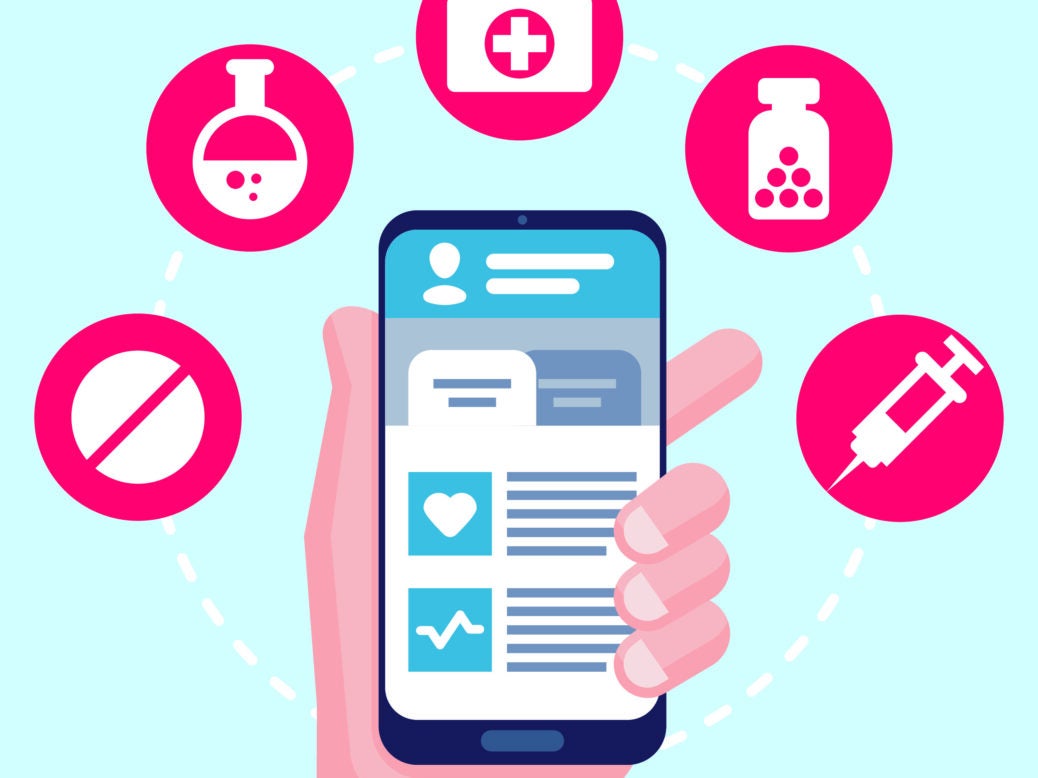
[ad_1]

A country’s health is a key indicator of its economic vitality. This has been demonstrated by the pandemic – where there is poor health, there is a poor economy.
The global health industry is growing rapidly. But the most dynamic area of expansion is not in traditional health services; it is in mobile health (mHealth), with apps delivering services to mobile phone and tablet users, and wearable technology, from smartwatches to pacemakers.
This is now a multi-billion-dollar industry with hundreds of millions of users. Big Innovation Centre’s Global mHealth Industry Landscape Overview (with Deep Knowledge Analytics) of 260 high-tech mHealth apps companies shows a total of $5bn of investment from 330 investors by the turn of 2021.
The scope of mHealth services is increasing. The industry encompasses multiple apps and platforms in telehealth, femtech and sleeptech, aiding mental health, diet and nutrition, diagnostics and much, much more. Many have become familiar with mHealth through the NHS Covid-19 app, which helped contact tracers control the spread. Technological sophistication is improving exponentially, with the increased use of AI on mobiles aiding the personalisation of services.
Covid-19 has been just one driver of transformative change in the health sector. There are several major factors behind the rise in mHealth globally, not least the constraints felt by healthcare systems struggling to cater for ageing populations. It can provide sustainable solutions for cash-strapped services subject to demographic pressures.
The industry has already taken off in the developing world (e.g. Asia and Africa), where high population growth, a high burden of disease prevalence, a small healthcare workforce, a large number of rural inhabitants, limited financial resources, and high mobile penetration to a large segment of the population has created the ideal conditions for an mHealth boom.
But now Covid-19 has provided an opportunity to reshape the possibilities of mHealth in the developed world and the UK. The spread of the pandemic and ensuing struggles with hospital capacity, stretched NHS workforces, and poor government information systems have shone a light on the need for a modern, innovative, digitised healthcare system.
It is up to the government to facilitate this, and focus on transformation and technological reform rather than getting bogged down in debates about increasing National Insurance to support an outdated health infrastructure.
Our relationship with mHealth is likely to change as AI, blockchain and the internet of things all grow in prominence. Now effort is needed from industry and government to take advantage of private investment that can increase the scope of public health services. This means that the public and private sector will need to work to stimulate the mHealth innovation ecosystem, as well as monitoring what is available and integrating the best into the NHS.
The government’s focus on public health needs to acknowledge the advantages that mHealth services can bring. It should push for speedy adoption in the NHS and understand the importance of coinvestment. The health industry is changing, and mHealth will be key for us all to enjoy a healthier and more prosperous life for longer.
Professor Birgitte Andersen is CEO of Big Innovation Centre
Big Innovation Centre is a think tank and innovation-communications consultancy. Join our networks at biginnovationcentre.com
[ad_2]
Source link